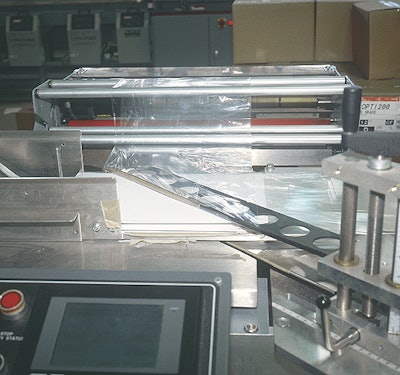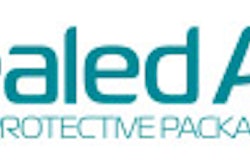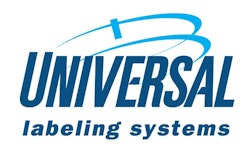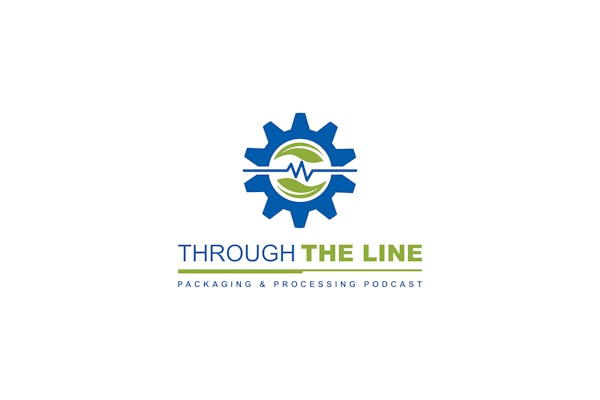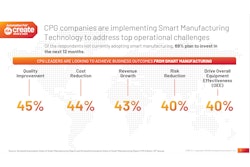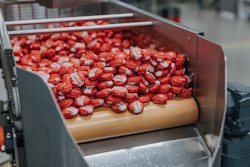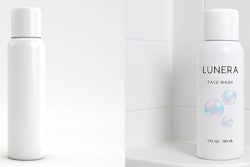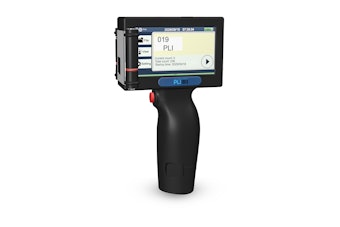Since incorporating in 1996, Platinum Packaging Inc.’s contract packaging business has flourished. So much so that the company moved from its original 20ꯠ-sq’ facility to another location 10 times larger. Then, in mid-2001, Platinum outgrew the second structure and moved into its current 345ꯠ-sq’ production facility in Gurnee, IL. It houses 20 packaging lines, 15귔 storage rack locations, and 19 shipping and receiving docks.
The six most automated lines at the Gurnee plant use shrink wrappers and heat tunnels from Shanklin, with the exception of one line that uses a different tunnel (see sidebar, page 38). All six HS-1 wrappers are equipped with Model C700W18T-312 friction feeders from Longford. Platinum sourced the equipment from its distributor, Malow Engineered Packaging Solutions.
Added in early 2002, the equipment did not replace other machinery. “We specifically purchased the machines for wrapping gift boxes for a company that prefers not to be identified,” says Dave Sonn, president of Platinum Packaging. “For the six lines, it’s an investment of around $2 million, and it’s justified by the contract we signed with them.”
That contract runs for three years. Specific volumes were not divulged, but the equipment produces around 20ꯠ wrapped, shrunk, and labeled packages per line, depending on box size, in an eight-hour shift. Sonn explains that the Shanklin equipment can produce as many as 120 packs/min, though different pack sizes result in speeds ranging from 50 to 80/minute.
Feeding frenzy
For its other packaging lines, Platinum receives prepackaged products in stretch-wrapped pallet loads from consumer packaged goods companies. Platinum personnel break down these loads and repackage them according to customer instructions. Most of the CP’s business is in wrapping packages of gift boxes, calendars, cosmetics, and pet food.
The CP employs a full-time staff of 50, with a temporary workforce that swells to as many as 450, depending on the season and specific jobs. Manual lines are often used to make gift packs.
Besides two-piece gift boxes, Platinum also uses the six new automated shrink packaging lines to collate and shrink wrap calendars, kids’ stickers, playing and trading cards, games, literature, CDs, and DVDs.
Unprinted gift boxes, though, dominate production on these lines. Boxes range in size from 3”x3” to 24” long x 18” wide. “We pack box bases and box lids into the magazine or hopper on the back of each of the feeders at the infeed of each of the Shanklin lines,” explains Jack Sloan, the CP’s sales manager.
“Two of the lines are outfitted with four feeders, two others use eight feeders, and two lines have 11 feeders. That provides us with considerable flexibility. Plus, we’ve got a couple of spare units we can use. And two of the feeders can handle products up to an inch thick.” The other feeders accommodate products up to 3/8” thick.
The servo-driven feeders include a “feedwheel” that’s electronically pulsed to rotate a certain degree, depending on the product’s thickness, to deliver the box blank through the machine onto Shanklin’s lugged infeed conveyor. For larger packs, each feeder can be adjusted to deliver two or three products. “We have some packages that include as many as 24 individual pieces, with 12 bases and 12 lids,” Sloan says.
It’s a wrap
The lugs on the conveyor and the conveyor guide rails prevent stacked boxes from tipping as they convey to the Shanklin HS-1 continuous-motion wrapper. The stack is pushed into centerfolded Opti-200D film from Cryovac. The approximately 55-ga film is designed to shrink evenly around the packs. “The film provides excellent clarity, which is important to us and to our customers,” relates Sonn. “And it has strength characteristics that help during shrink wrapping and provides puncture- and tear-resistance,” adds Sloan.
Film is driven from an unwind through a series of dancer rollers that maintain proper tension as the film moves to an inverting-head device on the continuous-motion Shanklin wrapper. Positioned at about a 45° angle, the inverting head creates a tube of film into which the stack of boxes enter. The tube is side-sealed with two impulse wires at the following station. The next stop is a cross-sealing station where hot-knife jaws create a seal between the leading and trailing packs, and cut between the packs.
Before the overwrapped pack goes through the Shanklin heat tunnel, it passes a reject system. “The Longford system has what it calls a ‘Policing’ unit that counts and tracks products fed into each stack as they move from the upstream feeders through the Shanklin unit,” explains Malow’s Matt Wisniewski. “There’s really no place upstream of this point to reject a pack that might be missing a piece, so it’s done just before the shrink tunnel. That ensures that Platinum is always going to give its customers a pack with the proper count.”
Packs are conveyed through the shrink tunnel. As they are discharged from the tunnel, a Quadrel labeler applies a pressure-sensitive label to each pack. A Quadrel unit is mounted to the conveyor after the shrink tunnel on each of the six lines, though three different labeler models are used to do the job. The label includes retail information, product description, UPC code, and any other information requested by the customer. Packs are then manually loaded into corrugated shippers. Palletizing is done manually before the load is delivered to another area for automatic stretch wrapping on an older machine.
Platinum runs the six lines on a single shift, five days per week. “But they give us the versatility to run a two- or three-shift operation should it be necessary,” notes Sonn.
Asked what led Platinum to purchasing the specific machinery it did, Sonn explains, “Shrink wrapping is our primary packaging function, and I’ve been a Shanklin person for years, going back to a previous company I worked at. They’re good, stable, reliable machines, the ‘Cadillacs’ of shrink-wrapping equipment. There’s very little maintenance involved with the machinery. Changing them over for different products takes only 15 minutes, though we try to schedule longer runs so that maybe we only have to make a switch about once a week.”
Longford represents the “Cadillac” of feeders, he adds. “Only a few companies make feeders that can handle our volumes. We saw them at a recent Pack Expo show and we liked them compared to rotary feeders that use suction, which isn’t always reliable. These Longford units are pretty foolproof.”
The equipment on the new lines was recommended by Malow. “I went with some Malow people up to a plant in Canada and we saw the machines running,” says Sonn. “I have a great relationship with Malow that dates back to my ‘previous life’ in packaging with another company. Malow integrated this whole system, and they’ll send out people immediately to take care of the equipment if necessary.”
In the future, Sonn forecasts, “we’d like to expand the type of work we do with these machines. The box company’s orders take up about 45 percent of the capacity on these six lines, and that’s on a single shift. We’re looking to fill that other 55 percent capacity on these lines, so we’ll be looking for customers who sell products in the retail market.”
See sidebar to this article: A tunnel with a view
